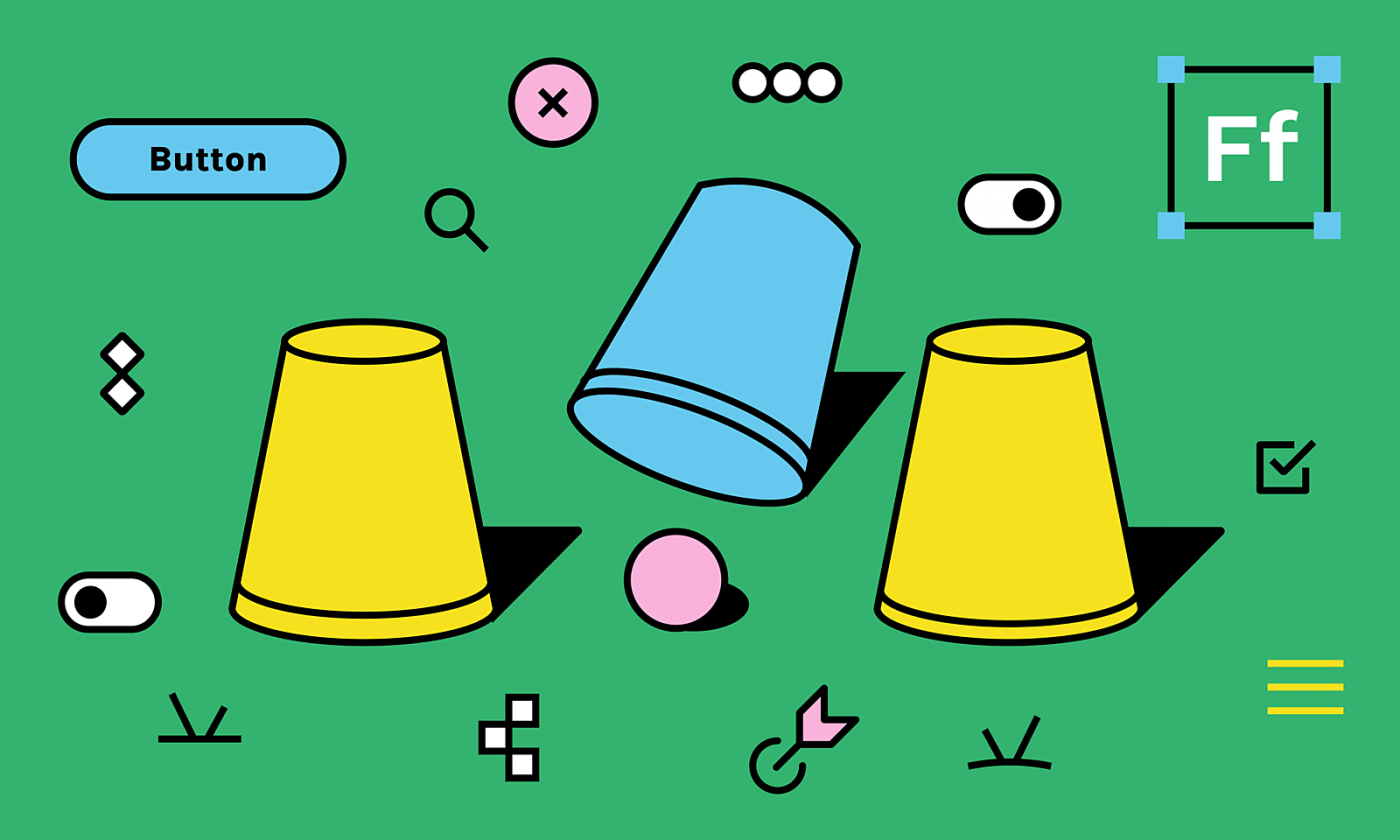There’s an exercise we often do at strategy workshops called Two Truths and a Lie. It’s a great icebreaker. Each person says three statements about themselves. Two of these must be facts or “truths,” and one must be a lie. The goal is to guess which is which.
Working as a product strategist, I’ve done this exercise many times with clients. It’s always fun, and you learn interesting things about the people you’ll be working with. However, during my work and countless workshops behind me, I’ve realized that people often have trouble distinguishing the truth from the lies when it comes to strategy.
I understand it. The concept of product strategy can be overwhelming for somebody unfamiliar with the intricacies of the software development process, and people are often unaware of the critical role strategy has to play before that project is even set in motion.
To bring the concept closer to a layperson, I’ll present some facts about strategy. Actually, I’ll present three, and one of them will be a lie. Let’s play.
Great strategy requires teamwork
Turning your big idea into a working product in the hands of the users is a process. A lengthy and structured one with many steps on the way. Strategists come in at the earliest possible stage to set it up for you, but they are not solo players. To truly develop an idea and turn it into an actionable plan, they need to consult with the appropriate experts for each stage.
We can work on your idea day in and day out, but how will we know if it will work? When strategists have a strong team of diverse experts behind them, they can check that idea from all angles.
Is there a place on the market for the product? Will the users find it useful? Is it technically doable? In what way? What would be the best technology to use? How complex is it? How many people should be involved? How long will it take?
A strategist will not know all the answers off the top of their head, but they will know whom to ask. By getting the right people in a room together, they’ll find the answers. Then, based on those answers, they’ll start drawing up a plan and ensure you’re not building a castle in the sand but something solid and durable.
If there is any doubt left in your mind, it is absolutely true that creating a bullet-proof strategy takes a strong team.

Strategists tell you what to do
A partnership with a digital agency is about more than just the end result. As a strategist, I view it as an experience from start to finish, a journey we take together.
Pick your favorite epic movie, Star Wars, Lord of the Rings, or something like that. Our job is to be your Gandalf, the guide who will get you to the end of the story. Strategists don’t go in telling you, “okay, this is what you need to do.” Instead, we listen, empathize, and understand.
Technology is an enabler, but the real power lies in the strategy team’s collective skills to turn the idea sitting in somebody’s brain into something actionable. Then we can discuss it, visualize it, and align everyone involved on that concept.
Creating a digital product from simply an idea may seem like magic, but the process is actually quite methodical. From the idea, we move on to strategy, then design, engineering, testing, launch, and then grow the product and restart the circle. There may be five to ten steps in this journey, big steps we take together, and each one can only be performed when you’ve completed the previous one. Like Gandalf, we’re here to guide you throughout that journey, and show you the risks involved and how you can tackle them.
If you still have doubts, this one is a lie. We won’t tell you what to do, but we will advise you, guide you, and help you avoid any traps on the way.
Strategy is an investment
There is absolutely no doubt that building and launching a digital product is a substantial investment. However, adding strategy into the mix may seem like an optional upgrade to some clients. Maybe they believe they already have a great idea on their hands and just need someone to deliver on it.
Those people need to be aware that their idea in that stage probably has a 95% chance of failing. Starting a project head-on, just building something and hoping it will work, inherently involves a lot of risks. For what other thing in your life would you accept such a high failure rate? Would you buy a car that has a 95% of breaking down? Would you buy a house that is most likely to collapse after a month?
The very nature of a strategist’s role is to take the 95% risk and hedge it down to 50%, or 40%, or as close to 1% as possible. The longer you work with us before building a digital product, the more we de-risk your idea. This is the investment part, so yes, the above fact is absolutely true.
Investing in strategy may seem like a big upfront cost when you’re setting out to build something really complicated that’s already an investment. But that cost is much less than what you would waste if you just went ahead and built it.
Our job is to take your idea and build something close to a product. We’re not aiming for the full, final version of it, but something we can put in front of real people and test it. Because if they don’t get it, don’t build the product. Or change it and build it in a different way.
Strategists have an arsenal of methods and actions to be taken before you go into this big, costly production. So if you believe that investing in strategy is expensive, try not investing in strategy and building a product that may or may not be successful.
Reveal the truth about your product
Hopefully, you sorted out the truth from the lie and learned something new about the role of strategy in building your next digital product. Who knows, maybe we get to do this exercise together in a workshop.
Even if you are not sure whether you need a Gandalf right now, I’d still love to hear your digital product idea! I promise I’ll tell you nothing but the truth.











